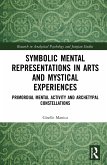
Gebundenes Buch
Primordial Mental Activity and Archetypal Constellations
8. Juli 2020
Taylor & Francis Ltd (Sales)
| eBook, ePUB | 40,95 € |
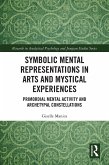
eBook, ePUB
12. Mai 2020
Taylor & Francis eBooks
eBook, PDF
12. Mai 2020
Taylor & Francis eBooks
Ähnliche Artikel

Gebundenes Buch
27. Juli 2020
Taylor & Francis Ltd (Sales)

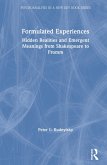
Gebundenes Buch
Hidden Realities and Emergent Meanings from Shakespeare to Fromm
16. April 2019
Taylor & Francis Ltd (Sales)

21,99 €
Versandfertig in 1-2 Wochen
Broschiertes Buch
18. September 2024
Martino Fine Books
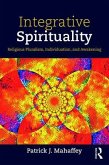
Gebundenes Buch
Religious Pluralism, Individuation, and Awakening
23. Oktober 2018
Taylor & Francis Ltd (Sales)
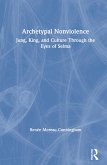
Gebundenes Buch
Jung, King, and Culture Through the Eyes of Selma
16. Dezember 2020
Taylor & Francis Ltd (Sales)

Gebundenes Buch
The Migrant's Journey
24. Juni 2020
Taylor & Francis
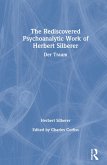
Gebundenes Buch
Der Traum
22. Juli 2020
Taylor & Francis Ltd (Sales)

Gebundenes Buch
An Analytical Psychological Inquiry
20. März 2018
Taylor & Francis
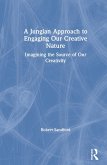
Gebundenes Buch
Imagining the Source of Our Creativity
15. Juli 2019
Taylor & Francis
Ähnlichkeitssuche: Fact®Finder von OMIKRON
